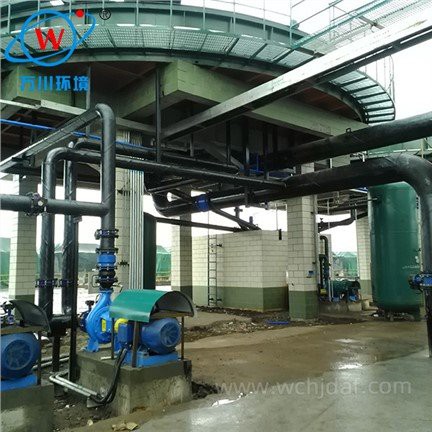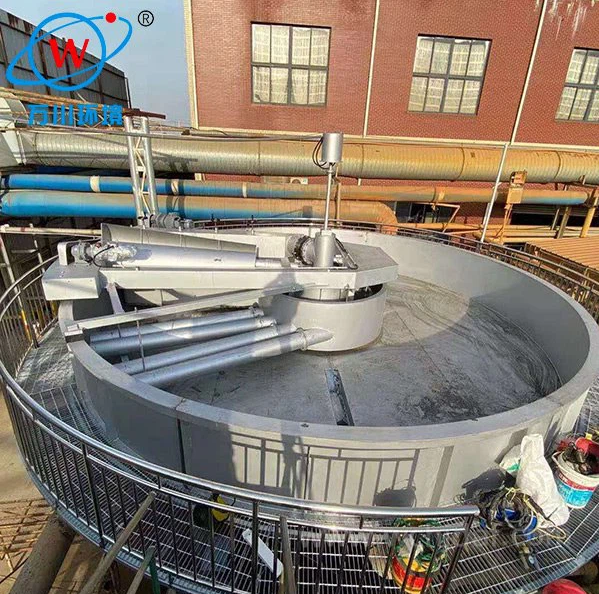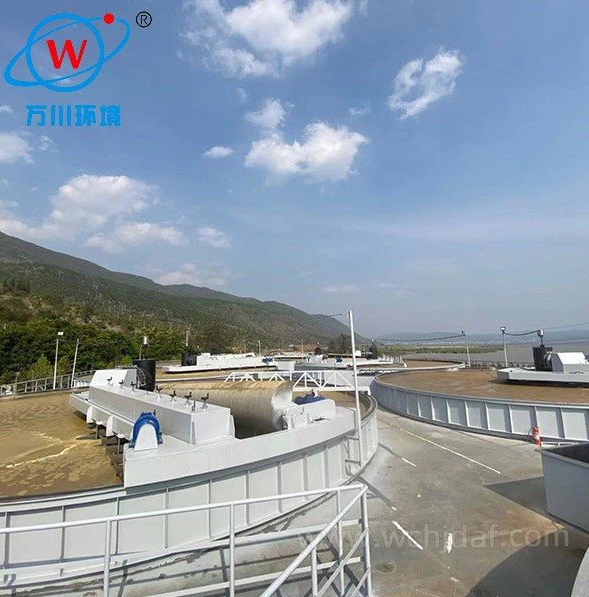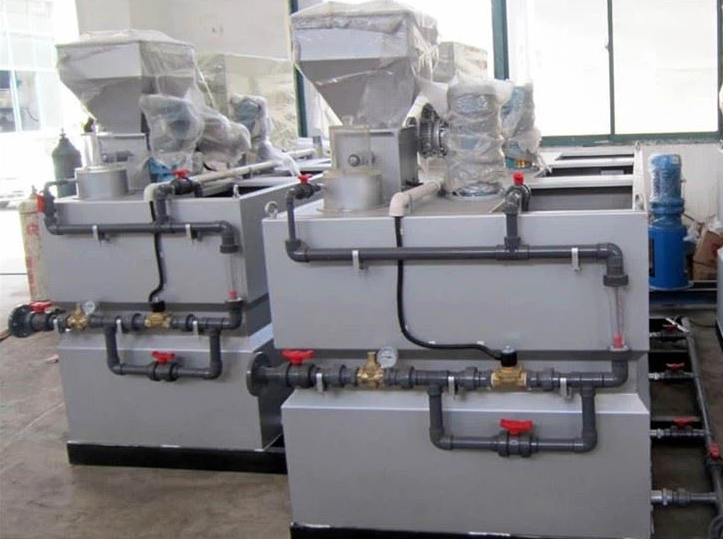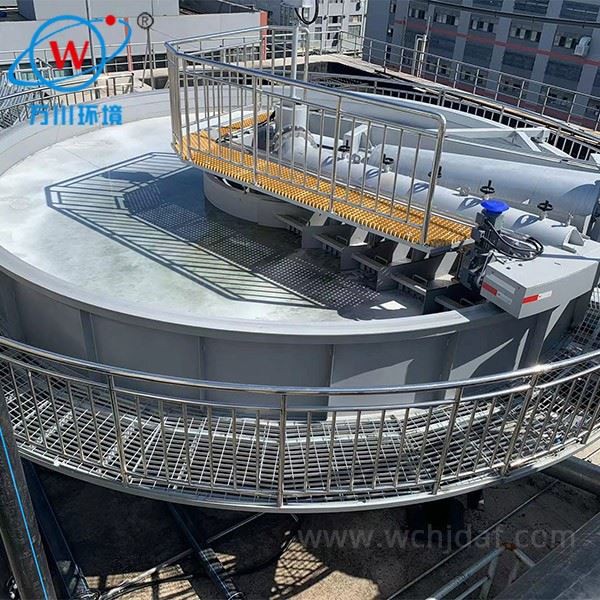Dissolved Air Flotation (DAF) for Algae Removal
Dissolved Air Flotation (DAF) is a highly effective method for removing algae from rivers, and its success is attributed to several key factors.
DAF Algae Removal Mechanism
-
1 Air Bubble Attachment: Tiny air bubbles introduced into the water attach to algae cells (typically negatively or neutrally buoyant). The combined algae-bubble mass becomes buoyant and rises to the surface.
80-95% Removal Efficiency This process is significantly faster than natural sedimentation and achieves high removal rates for most common algae types.
-
2 Enhanced by Pretreatment: Coagulants and flocculants aggregate small, dispersed algae cells before DAF, improving bubble attachment.
Enables removal of even the smallest and most difficult-to-capture algae species through optimized chemical conditioning.
-
3 Performance Factors:
Algae cell wall thickness Surface characteristics Competing suspended solids Water temperature Seasonal growth ratesThese variables can affect removal efficiency but can be managed through system optimization.
While some algae species with thick cell walls or specific surface characteristics present challenges, and high concentrations of other suspended solids may compete for air bubbles, DAF remains highly effective when properly optimized.
With proper adjustment of operating parameters and pretreatment strategies, River Purification Dissolved Air Flotation stands as one of the most efficient methods available for controlling algal blooms in river systems.

